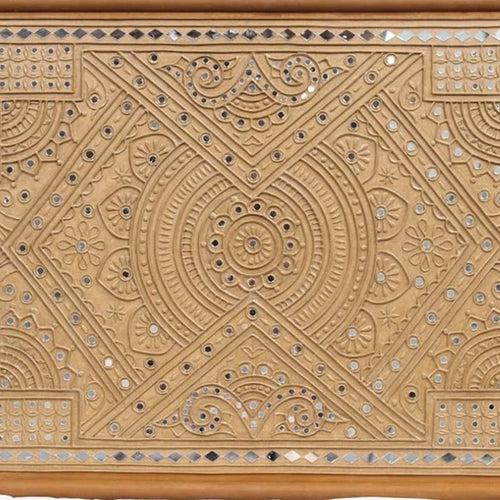 Lippan Art/ Mud and Mirror work
Showing items 1-3 of 3.
Lippan Art/ Mud and Mirror work
Showing items 1-3 of 3.













